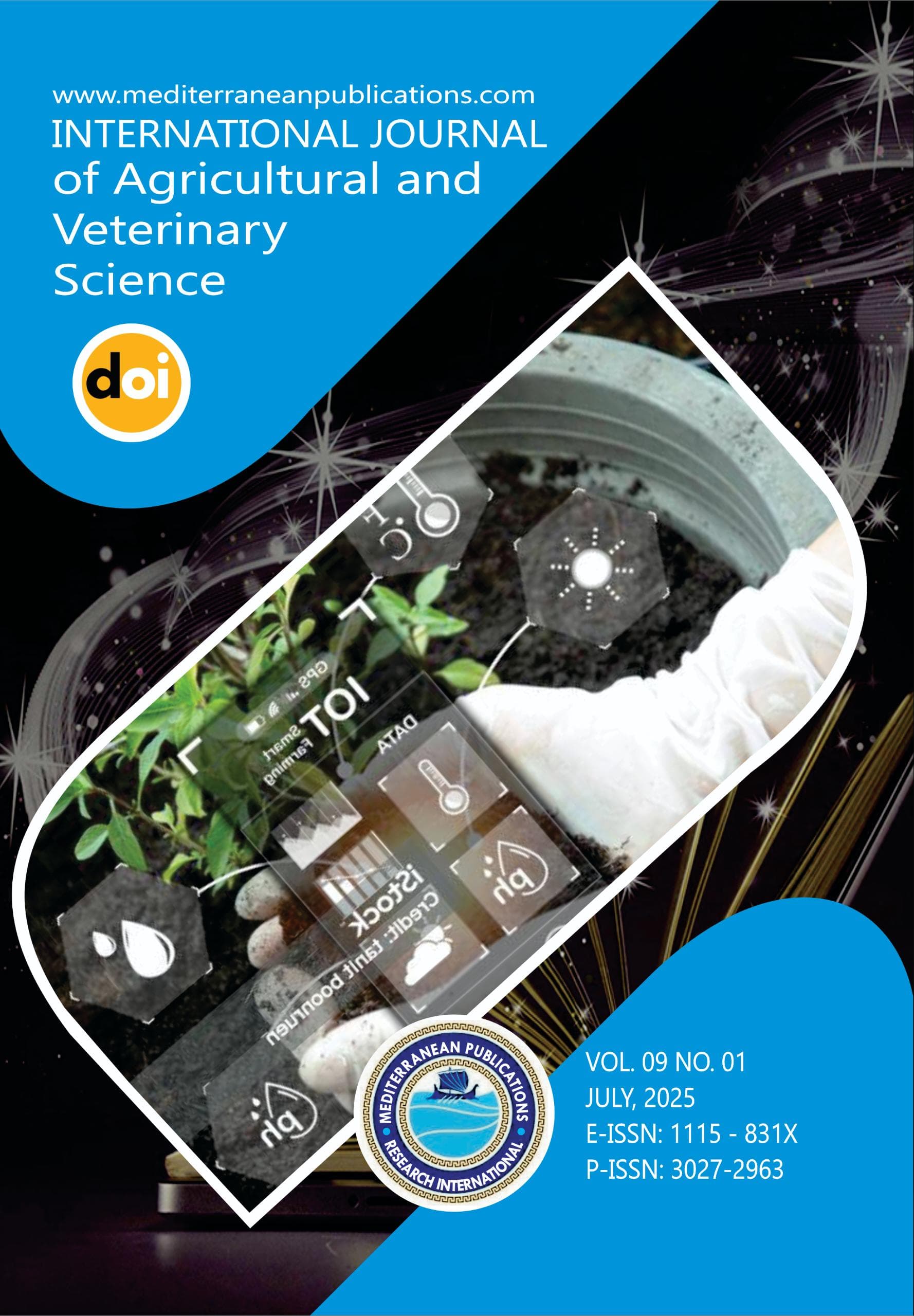CONSTRAINTS OF RICE (Oryza Sativa) PRODUCTION IN NIGERIA
A REVIEW
Abstract
Rice (Oryza sativa) remains one of Nigeria’s most significant staple crops, serving as a vital component of food security, employment generation, and rural livelihoods. Despite notable growth in its production and consumption over recent decades, Nigeria still faces a wide range of constraints that hinder optimal rice productivity and self-sufficiency. This review explores the multifaceted challenges affecting rice production in Nigeria, including limited access to modern agricultural inputs, declining soil fertility, climate-related disruptions, pest and disease infestations, and infrastructural deficiencies such as poor road networks and inadequate storage facilities. In particular, the paper highlights the underexplored threat of plant-parasitic nematodes, which contribute substantially to yield losses, yet remain poorly managed and understood by local farmers. Additionally, inefficiencies across the rice value chain, from pre-production to postharvest handling and marketing, are discussed. Research gaps were identified in areas such as climate impact studies, farmer technology adoption, and postharvest value chain analysis. Opportunities exist to boost rice productivity through improved mechanization, irrigation development, adoption of resistant varieties, and enhanced extension services. The review concludes that targeted investments, policy reforms, and research-driven innovations are crucial to transforming Nigeria's rice sector into a sustainable and self-reliant sub-sector capable of meeting national demand and contributing to regional food security.
Keywords:
food security, research gaps, climate change, pests, value chain, Nigeria, constraints, Rice productionPublished
How to Cite
Issue
Licensing
Copyright (c) 2025 ABDULLAHI B., YAKELLU B., IBRAHIM A., ABBAS S., KALTUME U. A.

This work is licensed under a Creative Commons Attribution 4.0 International License.










